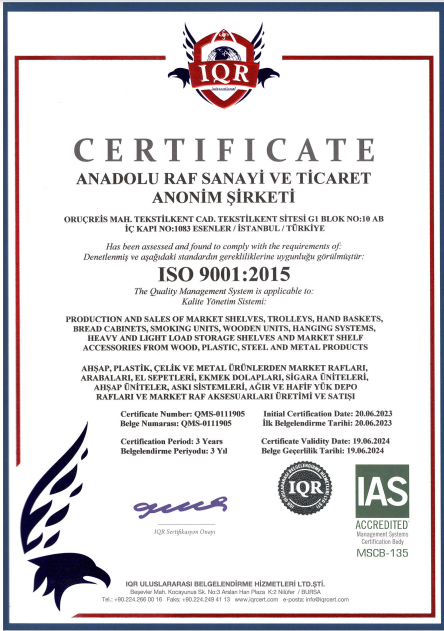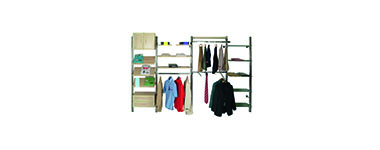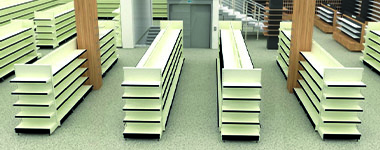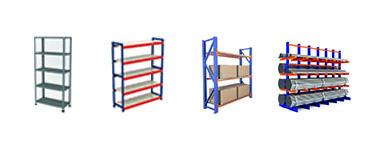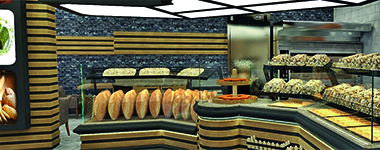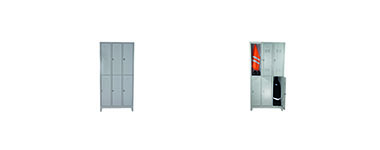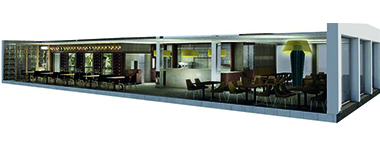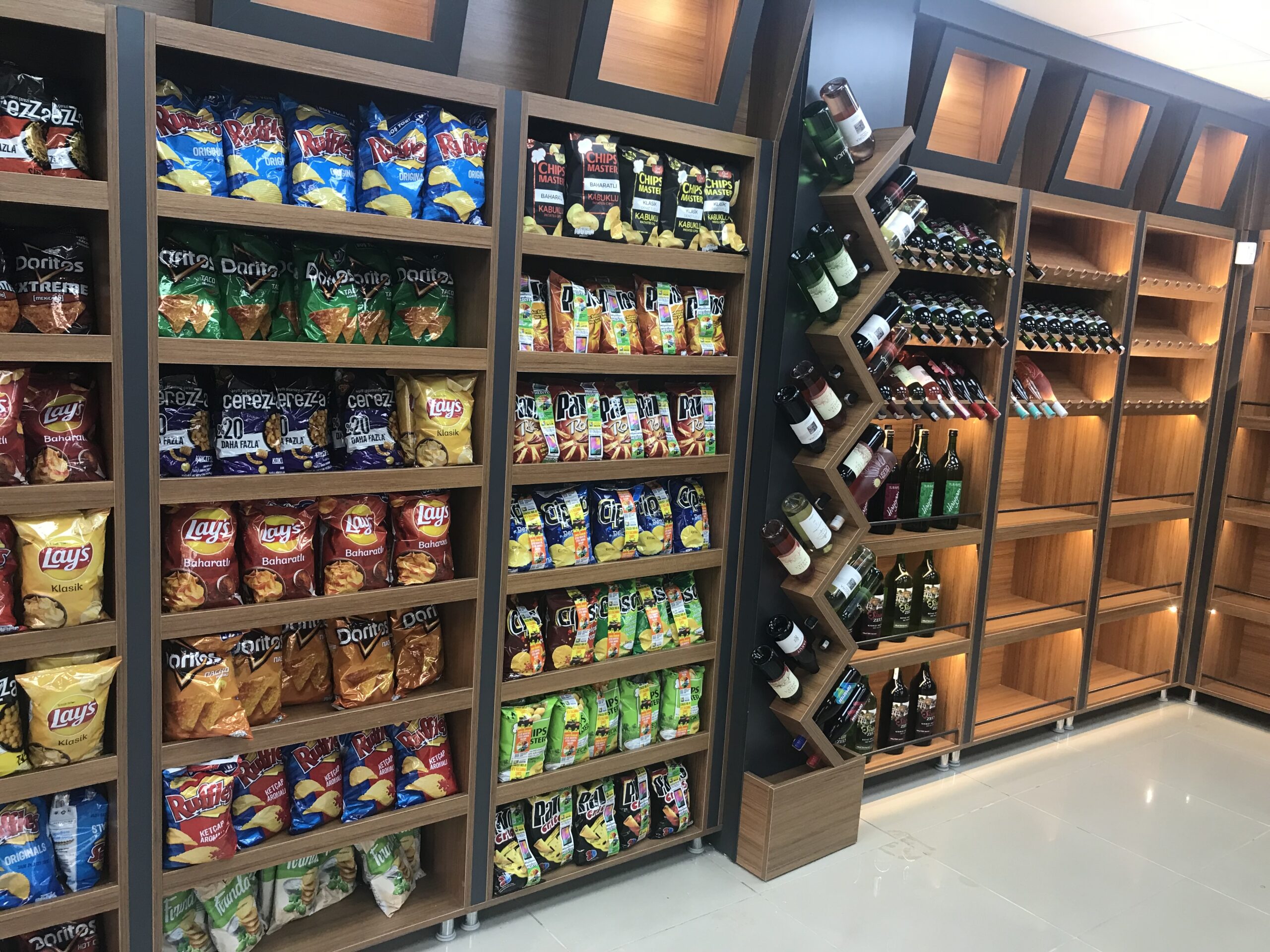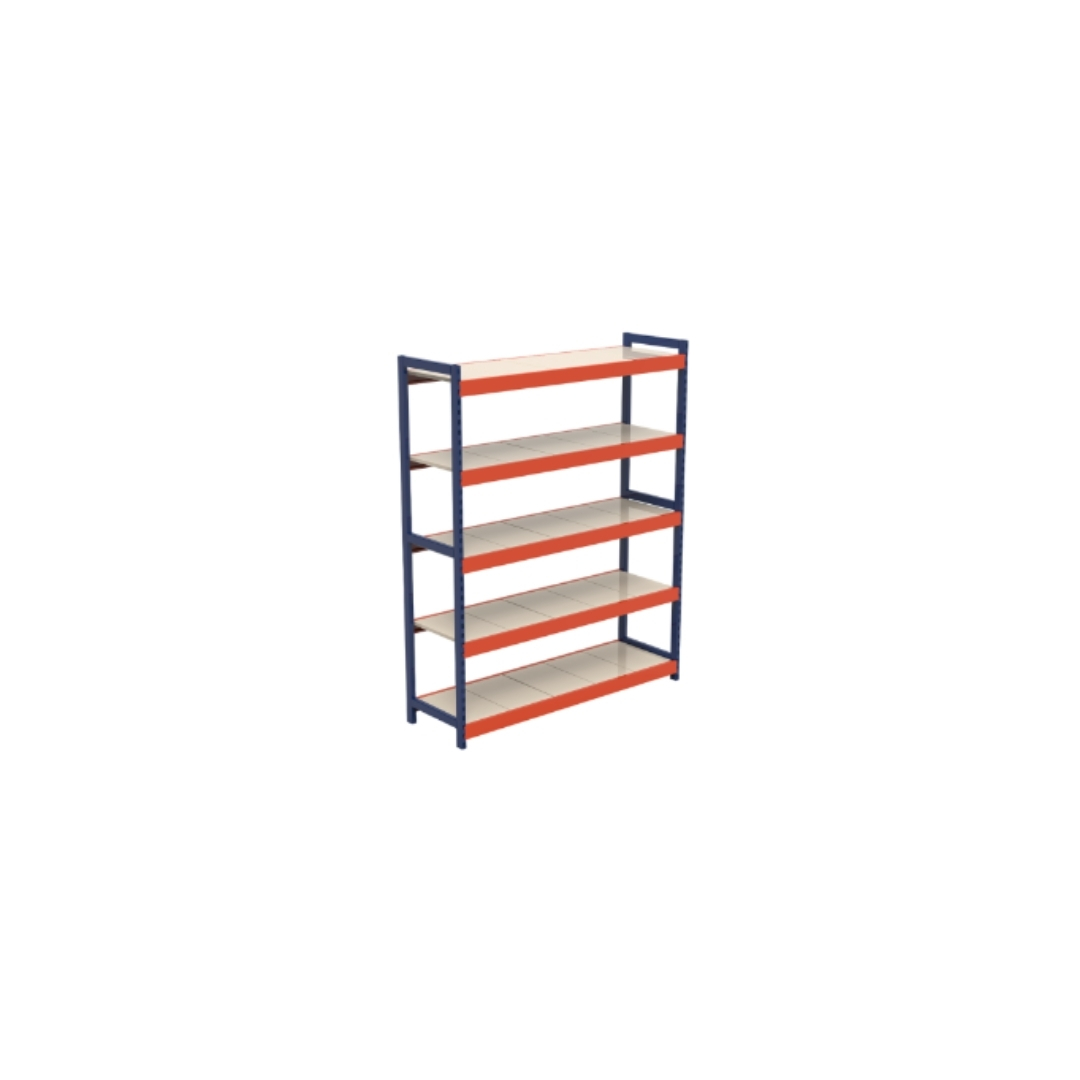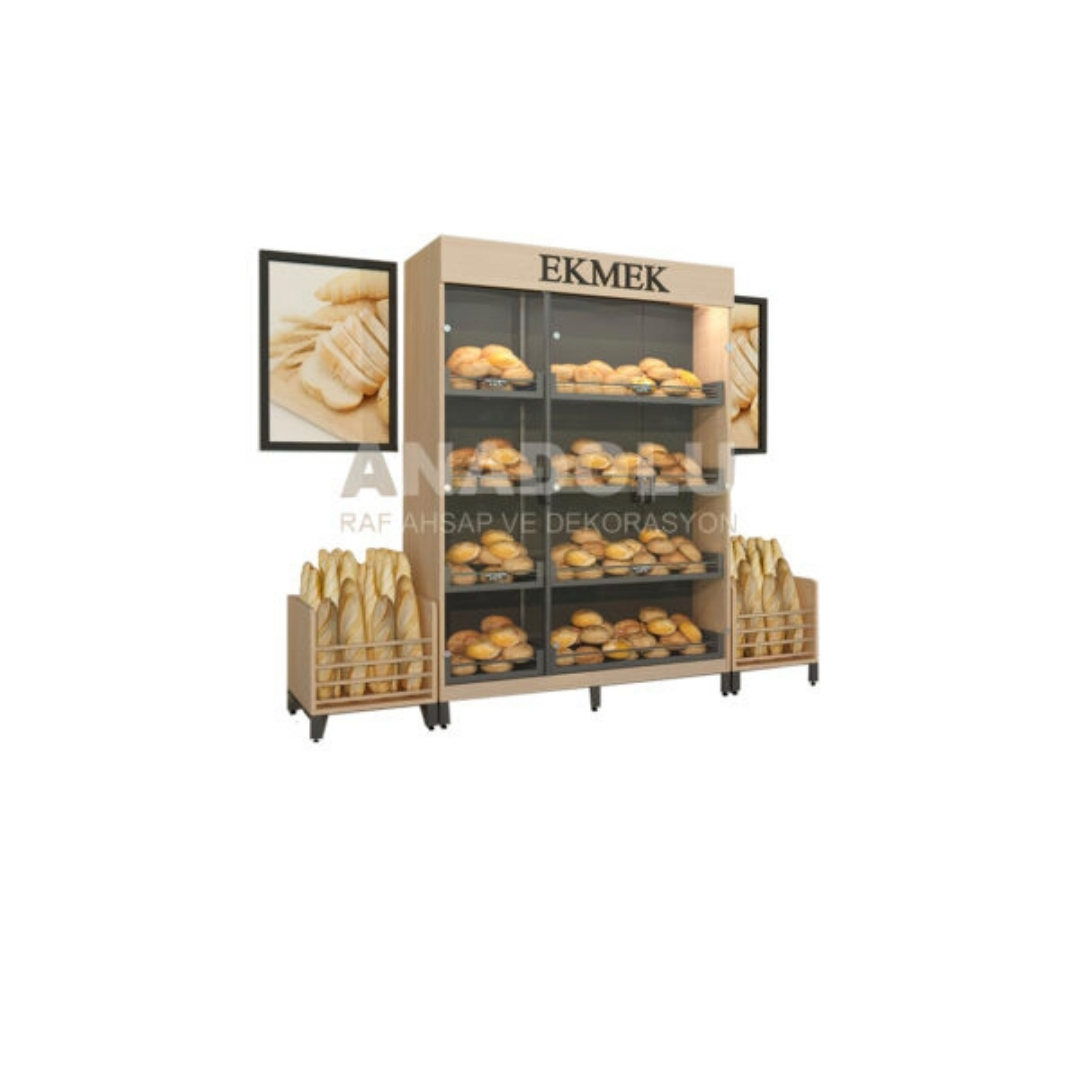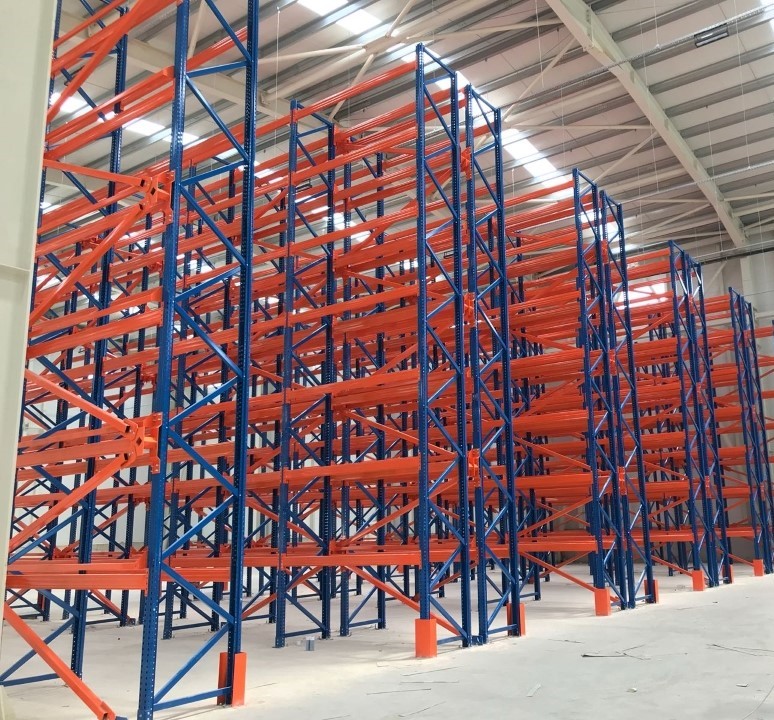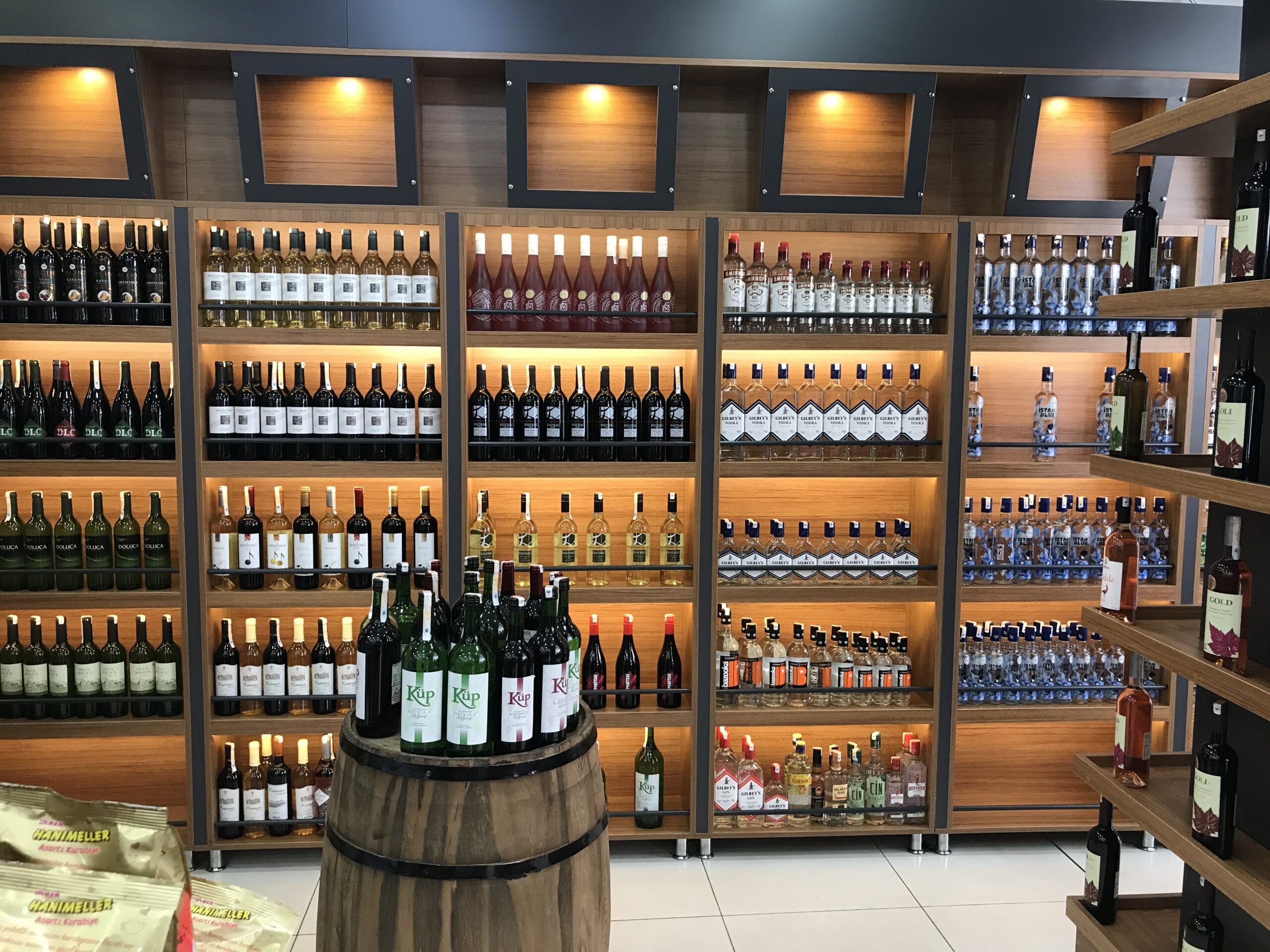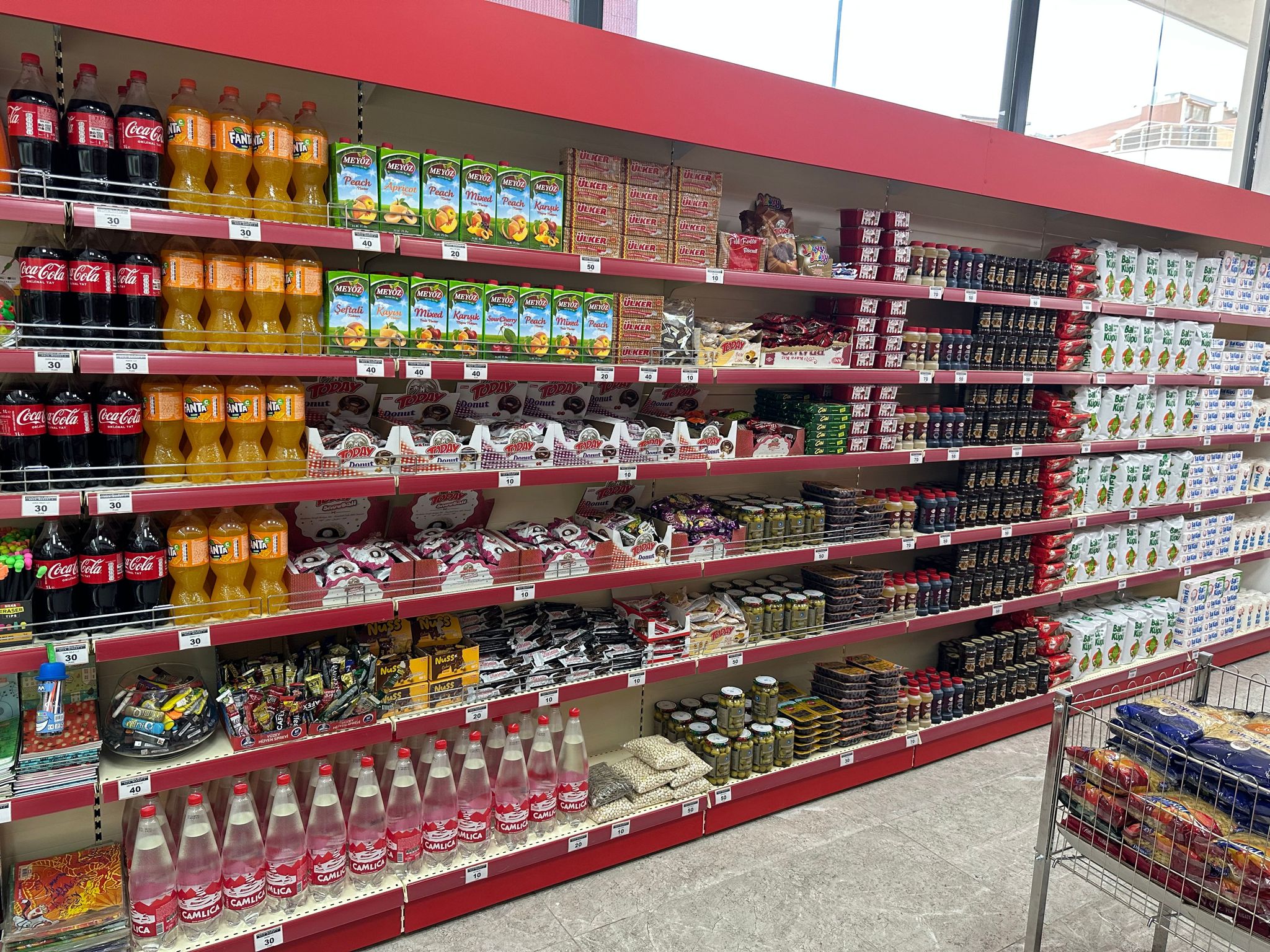How to Use Different Shelf Models?
In the retail sector, displaying and presenting products is of great importance to attract customers’ attention and increase sales. Different shelf models are used to present products in an attractive way and create differences within the store. In this article, we will focus on how different shelf models should be used.
Product and Brand Alignment
When using different shelf models, it is important to first consider product and brand compatibility. The shelf model should be compatible with the nature, type and size of the products. For example, creative shelf models that are visually appealing are more suitable for fashion or design-oriented products, while interactive shelf models may be preferred for technology products. Shelf models should reflect the values of the brand and appeal to the target audience.
Store Layout and Space Planning
The use of shelving models should be considered in conjunction with store layout and space planning. The size, shape and layout of the store affects which shelf models can be used. In a large store, different shelf models can be used in different sections, while in a small store, simpler and simpler shelf models may be preferred. The areas where the shelf models will be placed should be well thought out and an easy layout should be provided for customers to move around.
Product Emphasis and Presentation
Each shelf model can emphasize and present products in different ways. While some shelf models draw attention by displaying products with a difference in height or angle, others aim to present products in a thematic or decorative way. Shelf models can offer customers different options by highlighting the features, colors or varieties of products. The visual presentation of products is important to attract customers’ attention and increase sales.
Customer Experience and Interaction
Shelf models can be used to enhance customer experience and interaction. For example, interactive shelf models provide customers with more information or experience about products. Display stands or creative shelf models allow customers to examine products more closely. Making it easy for customers to find and experience products increases customer satisfaction and increases the likelihood of repeat visits.
Regular Monitoring and Renewal
Once shelf models are in place, regular monitoring and refurbishment should be carried out. Shelf arrangements should be evaluated and updated if necessary, taking into account the store’s sales data, customer feedback and trends. Shelf models can be changed or improved in line with customer demands and expectations.
As a Conclusion
Different shelf models are effective tools for displaying and presenting products in retail stores. The selection of shelf models requires considering factors such as product and brand fit, store layout, product emphasis, customer experience and regular monitoring. Shelf models should be used strategically to engage customers, increase sales and build brand loyalty. Stores should continuously review and update their shelf models in line with customer needs and market trends.




